Dementia Day Center, King Chulalongkorn Memorial Hospital, the Thai Red Cross Society prepares for Thailand’s anticipated aging society by offering various rehabilitation services to help slow down the decline of people with dementia, while planning to launch a professional course for caregivers, and establishing the “Bright Brain Club” to persuade people of all ages to learn and care for early brain health to avoid the possibility Alzheimer’s disease.
Alzheimer’s disease is the leading and most common cause of dementia in older adults. The higher the average life expectancy of Thai people, the greater the chance of dementia. Associate Professor Sukcharoen Tangwongchai, M.D. the Head of the Dementia Day Center, King Chulalongkorn Memorial Hospital, reveals that 6 out of 10 people with dementia are caused by Alzheimer’s disease. It is estimated that there are currently about 600,000 people with dementia in Thailand.
Alzheimer’s specialist Associate Professor Sukcharoen Tangwongchai, M.D.
“Alzheimer’s” is an incurable disease, but we can slow the decline to the disease’s terminal stage as much as possible. However, diagnosis and treatment when symptoms occur may be too slow. This disease is not only the patients’ problem but also affects caregivers who have to take care of patients 24/7. It can cause stress and various forms of challenges for the caregivers. Therefore, raising awareness to prevent the disease is necessary for everyone,” Assoc. Prof. Dr. Sukcharoen voiced his concern about the near future when Thai society becomes a full-fledged super age society in the year 2031 in which 28 percent of the population would be the elderly. This means the tendency to find more patients with dementia will increase drastically.
Early symptoms of Alzheimer’s disease
Dementia is cognitive impairment in 6 areas: memory and learning, language use, concentration, management abilities, motor skills, and social thinking. This has an impact on a patient’s daily life and makes them dependent on their caregivers. Some may display mental or behavioral symptoms as well. Alzheimer’s disease is the most common form of dementia, of which early symptoms are memory loss.
“We may notice forgetful behavior. The person can’t remember what just happened, keeps repeating the same thing or question over and over again, misplacing things, like putting the phone in the refrigerator, the toothbrush in the pantry, kitchen stuff in the bathroom, forgetting appointments, or whether they have already eaten, etc. These symptoms are different from the typical age-related forgetfulness in old people. The early signs of Alzheimer’s are that these episodes happen frequently, and take a long time for them to ponder but could never recall what happened, while for ordinary people, they will remember much later.”
Assoc. Prof. Dr. Sukcharoen explained that in addition to forgetfulness that affects daily life, Alzheimer’s patients have difficulties in communication, concentration, reasoning, making a decision, or fixing problems. They would have faulty logic, dimensional and spatial problems, as well as sequential activities that they used to be familiar with such as using a phone or electrical equipment. Then their condition will worsen until they are unable to perform routine activities. They also would suffer personality changes. Some people may experience mood swings and become very irritable.
“The personality of Alzheimer’s patients will change, while they develop other mental or behavioral problems, such as paranoia, jealousy like never before, use of profanity, anxiety attacks, reduced interest in their surroundings, isolation from friends and family, passiveness, and seclusion from others.”
Risk factors for Alzheimer’s disease
Alzheimer’s disease is caused by a variety of reasons, with the main risk factors being:
-Aging: People between the ages of 65-70 have a 1-2 percent chance of getting the disease, which increases every 5 years.
-Females are at greater risk of developing this disease than males.
-People with a family history of the disease are at higher risk.
-Less educated people have a higher risk than those with higher education, perhaps because the latter are more likely to perform tasks that require analytical thinking, keeping their brain active at all times.
-Hearing loss because the deterioration of the auditory nerve causes the brain to be less stimulated.
-Severe brain trauma, such as accidents that cause concussions, or loss of consciousness
-Health conditions include high blood pressure, diabetes, and heart disease that are not treated or controlled.
-Obesity in middle age increases the risk
-Depression in the elderly
-Substance abuse, smoking, drinking exceeding 21 standard drinks per week.
-lack of social interaction, isolation
-Lethargy or lack of activities that allow brain exercise
“However, we may find Alzheimer’s disease in people 50 years of age or younger accounting for about 2-5 percent. This group of people has a history of parents or siblings suffering from the disease, and they are found to have mutated genes that are genetically inherited,” added Assoc. Prof. Dr. Sukcharoen.
Early diagnosis increases the quality of life.
When there is a suspected onset of Alzheimer’s disease, the doctor will diagnose the case based on probing the patient’s history from the patient and close relatives or caregivers that can provide information about the patient’s daily ability and behavioral regression of brain function, along with subjecting the patient to a brain performance test using a visual assessment test on memory, concentration, decision-making, directions, language, and calculations, etc., followed by a blood test, CT or MRI brain scan to determine the root cause of the problem.
“The sooner the disease is diagnosed, the better the patients and those around them will be able to plan their lives to cope with the symptoms. Treating Alzheimer’s patients is not about curing the disease, but about planning their lives and supporting them based on the symptoms and problems to slow down dementia as much as possible,” Assoc.Prof. Dr. Sukcharoen emphasized.
Therapeutic activities for Alzheimer’s disease without medication
The approach to Alzheimer’s treatment is both drug- and non-drug-based. Drug treatment is used to help improve cognition and memory, relieve dementia, and improve brain activity, coupled with psychiatric drugs to treat the mental symptoms in question and improve the patient’s behaviors.
But most importantly there is the non-drug treatment, the main approach used by the Dementia Day Center King Chulalongkorn Memorial Hospital, to care for people with dementia and their caregivers throughout its two years of service.
“The non-drug treatment is aimed at patients and caregivers care because successful caring for people with dementia for their improved quality of life, depends partly on caregivers. We focus on therapeutic activities to stimulate the brain, and cognition, reduce behavioral problems, and help patients practice more of their routine activities, says Assoc. Prof. Dr. Sukcharoen.
“The nature of the activities is varied and three group therapy activities are offered each day, and also attended by caregivers so that they can apply what they learn to caring for the patients at home. Patients and caregivers are advised to attend the activities as a course of at least three days a week for three-month,” Assoc. Prof. Dr.Sukcharoen added while also mentioning that an assessment of the symptoms, basic abilities, and readiness of patients and caregivers is given before the activities so that the proper type can be offered.
The Dementia Care Center for Alzheimer’s disease
The Center is open from 9.00 am with 2 morning activities between 09.00-12.00, and one more activity in the afternoon from 1-2 p.m. Each activity lasts about 45 minutes due to the inability of dementia patients to concentrate for an extended period.
“Every morning, there is an orientation session with clients in a bright light therapy room, for about half an hour, followed by group activities for cognitive stimulation, such as brainteaser, crafts, and memory jogging which lets patients reminisce, and share good stories and feelings, art, cooking, singing, art therapy, music therapy, gardening, tree planting, recreational activities, and gaming, etc. Moreover, there are exercises such as stretching, yoga, and ADL Training (Activities of Daily Living) activities like brushing one’s teeth, taking a shower, combing one’s hair, eating, etc.”
In addition, Assoc. Prof. Dr. Sukcharoen said that the Center also offers “Seal Robot” therapy for people with dementia in many countries around the world.
“There are studies that suggest that seal robots can help people with Alzheimer’s disease communicate. Robots have touch sensors, and voice recognition, and can interact with patients. When patients carry, cuddle and talk to the robot, it can respond to them, and encourage them to communicate better.”
Assoc. Prof. Dr. Sukcharoen reveals that patients who participate in the Center’s various activities have shown improved memory and language ability, improved mood, decreased behavioral problems, and are generally happier. The Center also receives positive feedback from caregivers.
“The activities selected by the Center all help to stimulate the brain activity. The patients are happier. The activities are adjusted to suit the clients’ ability and motivate them to join next time. Some people, after completing the course, also want to come again for a new course. We also found that these activities can slow down the disease to a satisfactory level,” Assoc. Prof. Dr. Sukcharoen emphasized.
“Caregivers also have a better understanding of how to care for patients, having learned how to cope with patients through activities. More importantly, it is the social interactions, which are not just among patients, but also among the caregivers, all of which is to improve the quality of life for both.”
In the future, Assoc. Prof. Dr. Sukcharoen said that the Center has plans to do more individual brain training for cases that have problems preventing them from participating in group activities. In addition, it will develop an online service platform using virtual reality devices and other innovations in collaboration with the cognitive impairment and dementia research unit of Chulalongkorn University Faculty of Medicine, as well as offer an online course for professional caregivers of people with dementia.
The Clear Brain Club prevents Alzheimer’s before it’s too late.
Dementia is preventable, says Assoc. Prof. Dr. Sukcharoen, reiterating evidence from several studies that people can slow the development of dementia at an early age.
“If you don’t want to have dementia, and to always have a bright brain, you need to start at an early age. Lead a healthy lifestyle, which is easy to do, starting with no stress, no depression, have social interaction, constant and regular exercise, annual health checkups, taking care of personal health issues, eating five groups of healthy foods, avoiding substance abuse and alcohol, abstain from smoking, sleep well, learn new things in life, do leisure activities, practice meditation,” Assoc. Prof. Dr. Sukcharoen suggested.
For this reason, the Dementia Day Center has set up a “Bright Brain Club” to encourage the general public to recognize, understand, and possess skills to care for themselves, and their mental and brain health to prevent dementia when entering an advanced age.
“The club is established with no membership fees for anyone 45 years of age or older because people of this age who are preparing to go into the geriatric stage are beginning to have chronic conditions such as diabetes, hypertension, and hyperlipidemia, the conditions which we need them to start paying attention to now. Most importantly, some people with stress, and depression from everyday life, if not properly cared for, early on will have a high risk of dementia in the future. Therefore, everyone should take care of their brain health before it’s too late.”
The Bright Brain Club is part of the Dementia Day Center located on the 15th floor of the Sor Tor Building Currently, there are about over a thousand members. Members can participate in regular club activities free of charge, such as workshops, seminars on physical and mental health issues, film screenings and discussions afterward, or listen to audio materials via podcast or YouTube.
“We want to encourage older people to prevent dementia early on by looking after themselves, paying attention to their physical and mental health to lessen the burden for their loved ones, the society, and the country in the future.So come and join our club,” Assoc. Prof. Dr. Sukcharoen said.
Alzheimer’s care center Dementia Care Center
Contact the Dementia Care Center, King Chulalongkorn Memorial Hospital for appointments to attend therapy or join the Bright Brain Club at the Sor Tor Building 15th Floor, King Chulalongkorn Memorial Hospital, The Thai Red Cross Society, Tel. +66-2256-40000 ext. 71501, 71507 or via Facebook “Dementia Day Center, King Chulalongkorn Memorial Hospital, The Thai Red Cross Society,” or visit https://www.dcarechula.com/




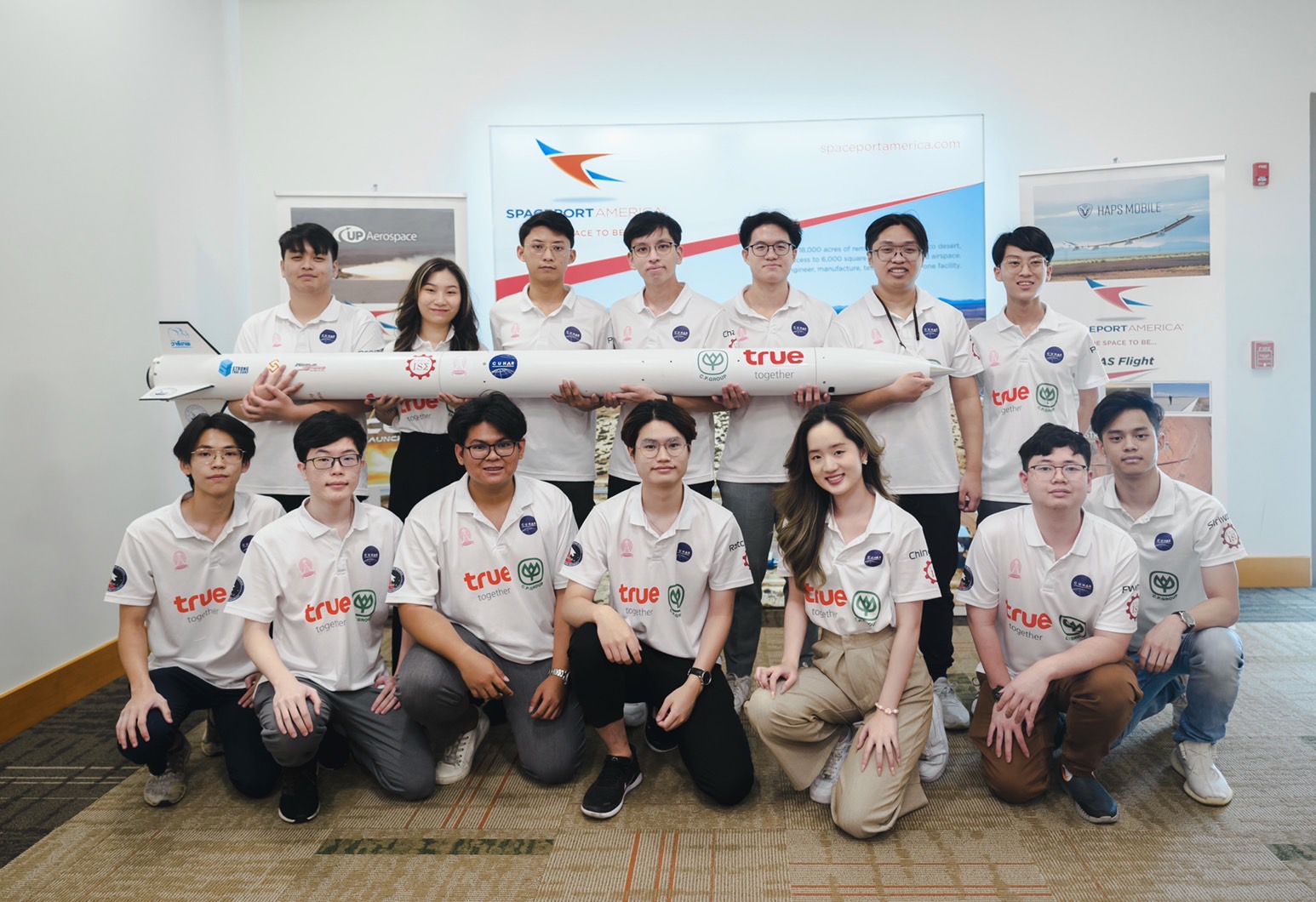
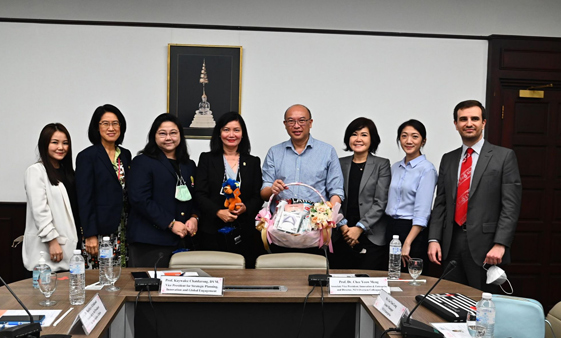
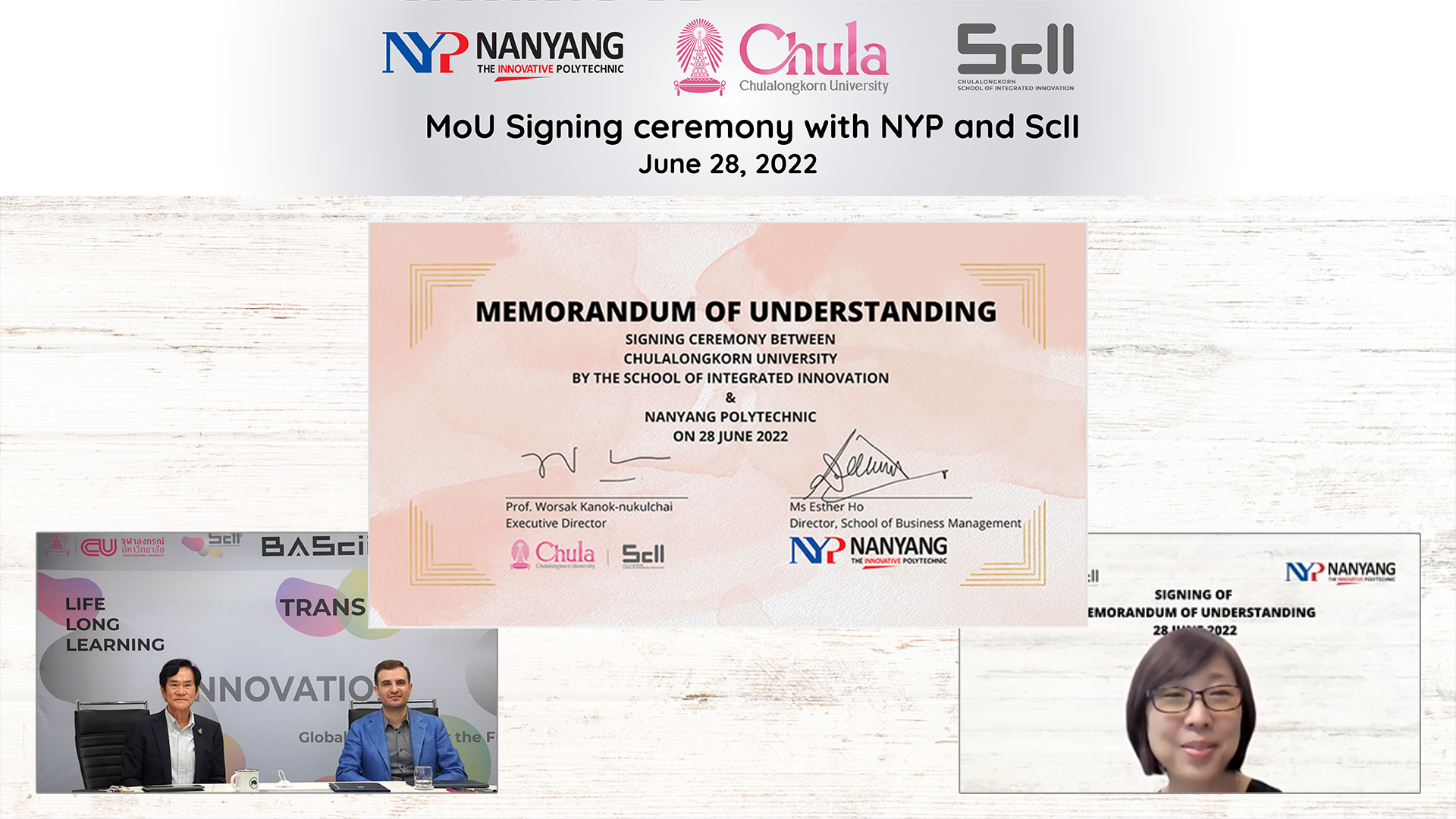
.jpg)
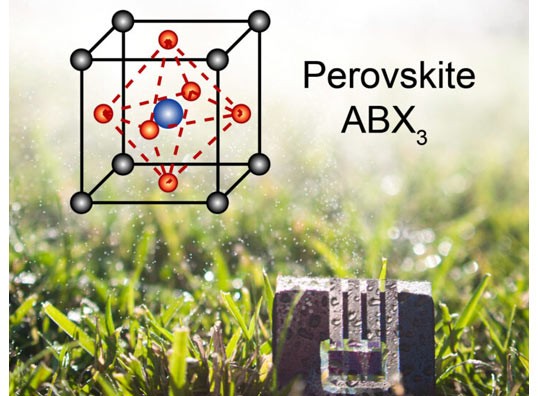

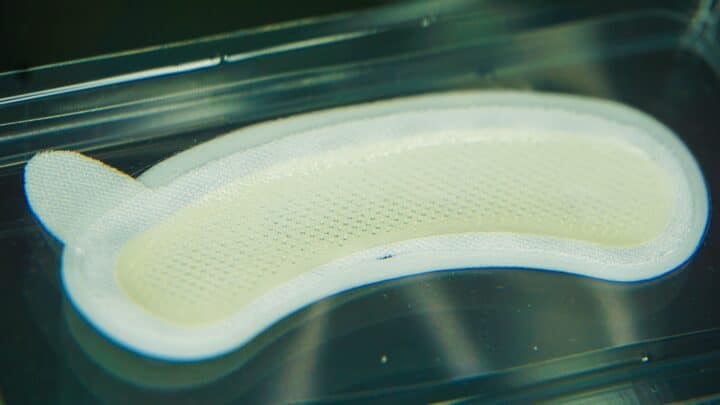
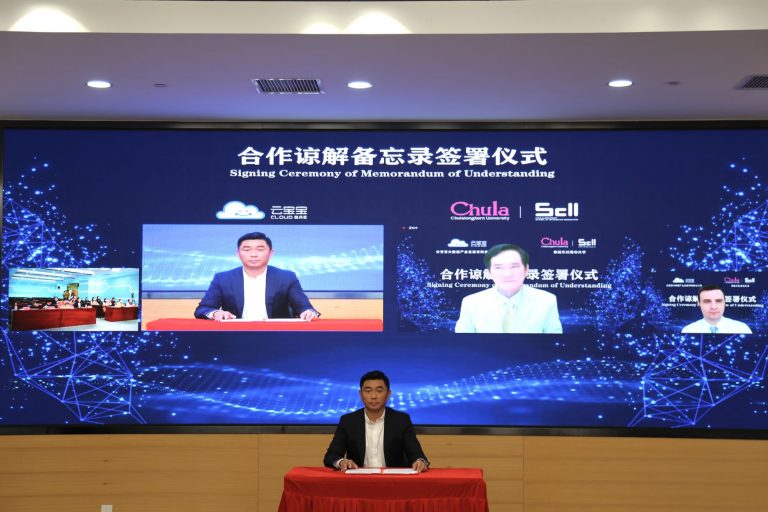
.jpg)